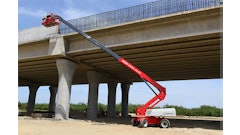There is no safer way to work at height than with a mobile elevating work platform (MEWP). That being said, working at height comes with its share of potential hazards, and electrocution is chief among them.
“The majority of all MEWPs are prohibited from use when working on or near equipment or circuits which may be energized,” explains Tony Groat, manager of IPAF North America. “Only MEWPs designed specifically as insulated aerial devices are allowed for use in live work on electrical installations. New safe use standards make it clear that operators must stay at least 10 feet away from power lines with any part of their body, conductive object or any part of the MEWP.”
Consider this:
· Electrocutions were the single largest cause of fatalities to MEWP operators in the US in 2012.
· In 2013, all seven reported cases of electrocution worldwide occurred in the US, home of 54% of the world’s rental fleet.1
· The fatalities caused by electrocution involved mainly boom-type machines: mobile booms (3b) and static booms, which include truck-mounts and tracked machines (1b).
Prevent disaster
Fortunately, electrocutions can be prevented through proper planning, risk assessment and management of work at height, including thorough operator training and familiarization. Here are SIX tips to help you avoid this potential jobsite hazard:
1. Where possible, the overhead cables should be de-energized and tagged before working close to them.
2. If ‘de-energizing’ is not an option, protect operators in the platform by ‘shielding’ the cables and using special insulated aerial devices (IAD), which are specifically designed for work near electrical hazards.
3. Consider the use of overhead cable proximity indicators when the risk of working near overhead cables is identified. [AG1]
4. Do not go nearer than the minimum approach distance (MAD), which is the safest distance a person (anyone who has not had specific training in avoiding electrical hazards) is permitted to approach ‘live’ overhead cables.
5. IPAF recommends two specific safe distances through its training programs:
— 50 ft. (15m) + fully extended boom from electrical pylon
— 30 ft. (9m) + fully extended boom from cables on wooden poles
Note: These safe distances meet and exceed those specified in ANSI standards and OSHA requirements. Should the operator need to work any closer to power lines, seek expert advice (contact the power supplier) and implement extra safety precautions to ensure that the MAD is never compromised.
6. When working near overhead cables:
— The MAD should be clearly marked on the ground, allowing for maximum boom outreach.
— Ensure extra supervision is provided and emergency plans are in place.
MEWPs are designed to provide a safe means of temporary work at height – but they are only a safe option if their use is planned and managed appropriately.
“The MEWP user must comply with requirements defined by the MEWP manufacturer and industry standards,” says Groat. “This includes developing and implementing a safe use program; monitoring personnel performance and supervising their work to ensure the use, application and operation of the MEWP is in conformance with industry standards; warning personnel of potential hazards; providing means to protect against identified hazards; and explaining the potential consequences of not following proper operating guidelines.”
Electrocution is one of the leading hazards with the use of MEWPs in the US. Make sure you, and those you are responsible for, apply the ‘30- and 50-foot plus fully extended boom’ rule to ensure that you stay safe.
For more information, please visit: www.ipaf.org/en/publications/avoiding-electrocutions/
1 Source: IPAF accident database (www.ipaf.org/accident), IPAF Powered Access Rental Market Reports (www.ipaf.org/reports)
Sidebar:
(Head) Don’t Let It Happen to You
Electrocutions can happen due to many causes, including:
1. Operator or boom of MEWP inadvertently coming too close or touching overhead cables
2. Lack of awareness of the proximity of overhead power lines
3. Complacency or lack of awareness of the voltage running through the cables
4. Moving the boom in the wrong direction when close to the overhead cables
5. Operating the boom erratically and not stopping when and where expected


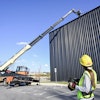

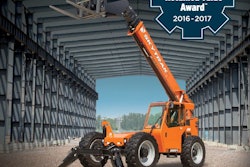
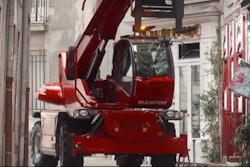
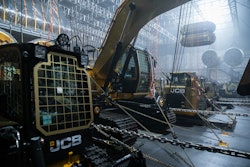










![Building Angled Sm Edit 6050b8d213f1b[1]](https://img.forconstructionpros.com/mindful/acbm/workspaces/default/uploads/2025/09/building-angled-sm-edit6050b8d213f1b1.Ygq5aAos3b.png?ar=16%3A9&auto=format%2Ccompress&crop=focalpoint&fit=crop&fp-x=0.53&fp-y=0.23&fp-z=2&h=135&q=70&w=240)
